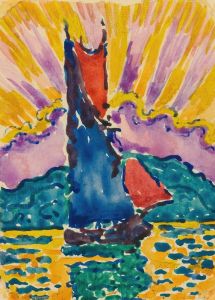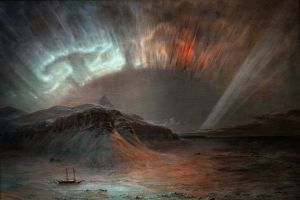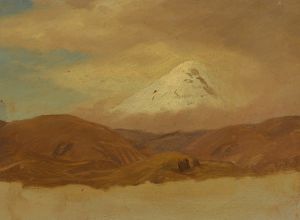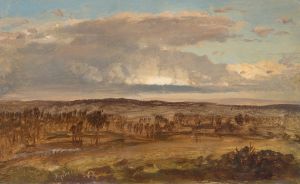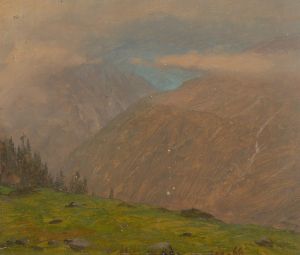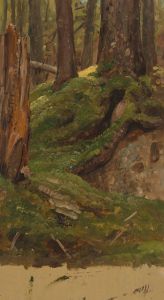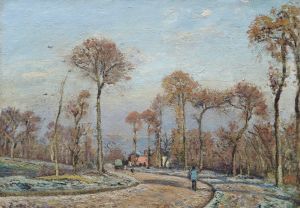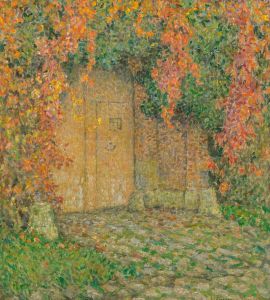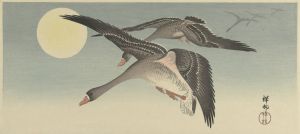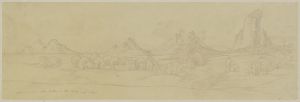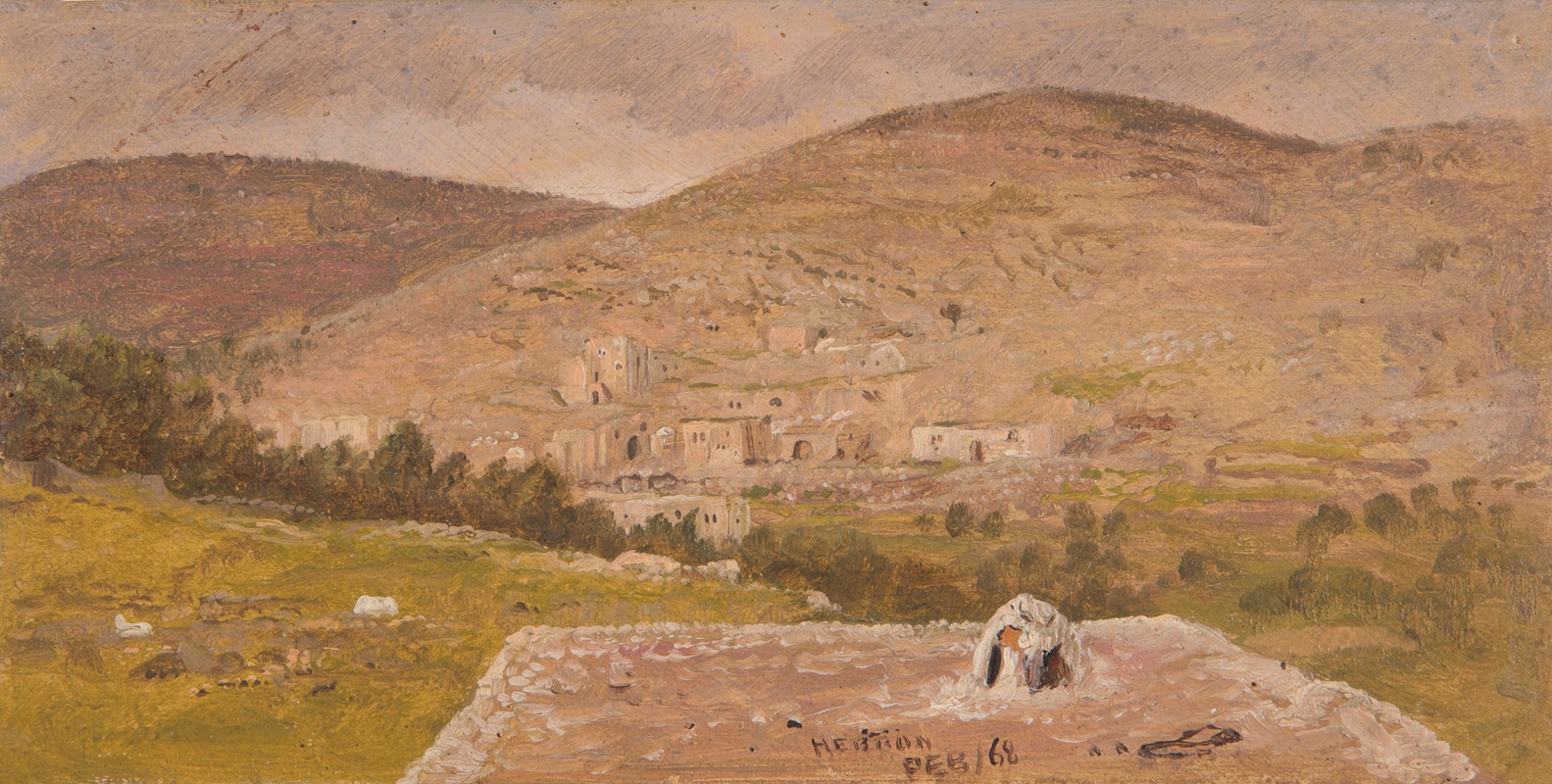
Landscape
A hand-painted replica of Frederic Edwin Church’s masterpiece Landscape, meticulously crafted by professional artists to capture the true essence of the original. Each piece is created with museum-quality canvas and rare mineral pigments, carefully painted by experienced artists with delicate brushstrokes and rich, layered colors to perfectly recreate the texture of the original artwork. Unlike machine-printed reproductions, this hand-painted version brings the painting to life, infused with the artist’s emotions and skill in every stroke. Whether for personal collection or home decoration, it instantly elevates the artistic atmosphere of any space.
Frederic Edwin Church was a prominent American landscape painter and a central figure in the Hudson River School, a mid-19th century American art movement known for its realistic and detailed portrayals of nature. Church's works are celebrated for their grand scale, dramatic light, and meticulous attention to detail, often capturing the sublime beauty of the natural world.
One of Church's notable works is "Landscape," a painting that exemplifies his mastery in depicting the vastness and majesty of nature. Although specific details about a painting titled "Landscape" by Church are not widely documented, his body of work typically features expansive vistas, often inspired by his travels to exotic locations. Church was known for his adventurous spirit, traveling extensively to places such as South America, the Arctic, and the Middle East, which heavily influenced his artistic output.
Church's landscapes are characterized by their luminous quality and intricate detail, achieved through his skillful use of light and color. He often employed a technique known as luminism, which emphasizes clarity of detail and a tranquil atmosphere, creating a sense of awe and reverence for the natural world. His paintings frequently include dramatic contrasts between light and shadow, enhancing the emotional impact of the scene.
In his landscapes, Church often incorporated elements that conveyed a sense of the divine in nature, reflecting the transcendentalist beliefs of the time. This philosophical movement, which included figures like Ralph Waldo Emerson and Henry David Thoreau, emphasized the inherent goodness of people and nature, suggesting that the natural world was a reflection of the divine. Church's work resonated with these ideas, capturing the spiritual essence of the landscapes he portrayed.
Church's artistic process was meticulous and involved extensive preparation. He would often create detailed sketches and studies of the landscapes he encountered during his travels, which he later used as references for his larger studio paintings. This method allowed him to capture the essence of a location with remarkable accuracy and depth.
One of Church's most famous works, "The Heart of the Andes," exemplifies his approach to landscape painting. Although not specifically titled "Landscape," this painting showcases his ability to convey the grandeur of nature. It features a panoramic view of the Andes Mountains, with lush vegetation, cascading waterfalls, and a serene atmosphere, inviting viewers to immerse themselves in the scene.
Frederic Edwin Church's landscapes continue to be celebrated for their beauty and technical brilliance. His ability to capture the majesty of the natural world has left a lasting impact on American art, and his works remain a testament to the power of landscape painting to evoke emotion and inspire awe. While specific information about a painting titled "Landscape" by Church may be limited, his overall contribution to the genre is undeniable, and his legacy as a master landscape painter endures.





